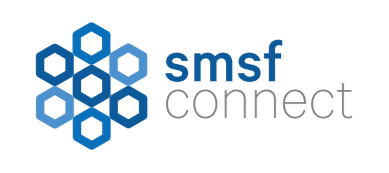SMSF Association Media Release
29 May 2018
The Productivity Commission’s draft report into superannuation is a “timely reminder” to SMSF trustees to pay close attention to the fees and costs their SMSFs incur to ensure their funds are being run efficiently to optimise their retirement savings.
In welcoming the draft report, titled “Superannuation: Assessing Efficiency and Competitiveness”, SMSF Association CEO John Maroney says the report has a clear message to SMSFs about the negative impact of fees and costs on their retirement incomes, and as such “it’s a critical issue demanding the close attention of trustees and their advisers.
“With the Commission finding that lower balance SMSFs have higher costs than their counterparts, it is important that trustees understand and manage their SMSF in the most cost-effective manner while maintaining the quality of the administration and advice they seek.”
“In particular, for SMSF trustees starting off with a lower balance, it is essential that they have a plan to achieve greater scale and cost-effectiveness as quickly as possible.
“To achieve this goal the Association strongly recommends that trustees receive specialised SMSF advice from accredited and appropriately qualified professionals to ensure that their fund is fit for purpose and achieves the best outcomes over the long-term.”
The most recent ATO annual SMSF report shows that of SMSFs established in 2012, “51% reported total assets below $200,000 in 2012. Comparatively, this asset range made up only 20% of funds still active in 2016”.
This shows that funds that start with lower balances are generally achieving scale quite quickly. The Commission also stressed that “the number of new SMSFs with very low balances (under $100,000) has fallen from 35 per cent of new establishments in 2010 to 23 per cent in 2016”, another positive sign for the sector.
“It is also important to remember that many lower balance SMSFs have either just been established and will gain size as shown or they are in the process of exiting the SMSF environment. This subset of SMSFs is constantly shifting and evolving with many nuances.”
Maroney says the report’s questioning of the quality of advice providers to superannuation fund members reinforces the Association’s long-held view that SMSF advice should be provided by specialist professionals who have attained high standards of education and accreditation.
“When SMSFs are recommended, it should be done by specialised SMSF advisers who provide quality and justified advice in the best interests of their clients.”
He adds that it was pleasing that the Commission positively found that engagement is highest with those who have an SMSF, highlighting the role SMSFs play in encouraging choice and competition in the superannuation system.
The Association welcomes the key findings and recommendations of the report that largely focused on improving the efficiency and performance of the default superannuation system for the millions of Australians who are members of large superannuation funds.
Maroney says: “Proposed reforms such as employees being allocated a default super fund only once, a ‘best in show’ shortlist of large default super funds, preserving choice and competition and significant insurance reforms are worthy ideas that should be considered to improve the competitiveness and efficiency of the superannuation system.
“These reforms will ensure that members’ interests are placed first and foremost at the heart of our superannuation system that embraces a more modern, flexible workforce.”
